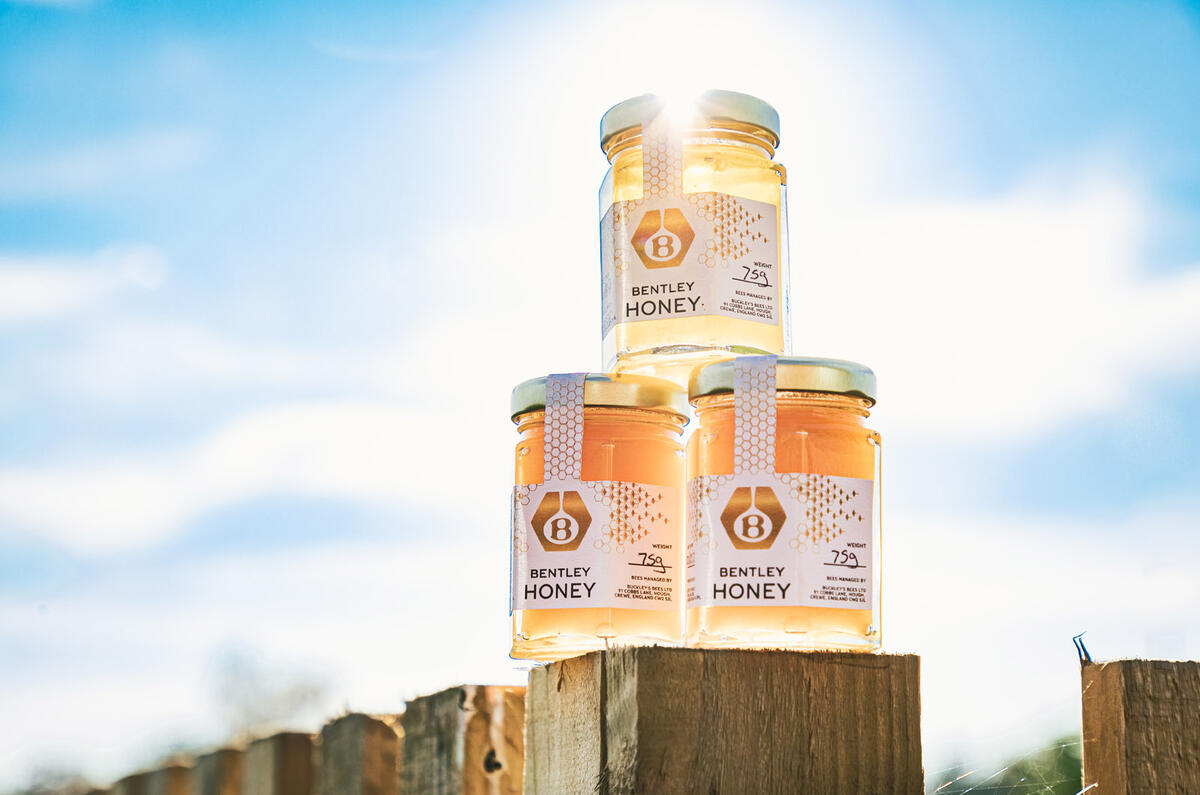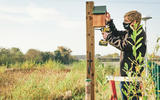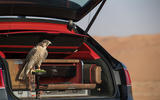Thanks to the efforts of its customisation arm producing various special editions, well-heeled nature fans are well catered for by Bentley. There’s the Bentayga Falconry by Mulliner, which offers saker falcon owners a built-in flight station and accessories including binoculars and a Bentley-branded bird hood. Or there’s the Bentayga Fly Fishing by Mulliner, with its customised tackle box and waterproof storage trunk to house your soggy waders.
But even the most pampered bird of prey would likely cast an envious eye at Bentley’s newest creations, designed for the humble pippistrelle bat and blue tit. While a certain crime-fighting superhero might enjoy a Bentayga Batmobile by Mulliner for a spot of luxury, instead of a customised SUV, Bentley is installing bird and bat boxes for these crucial residents of the British countryside to live in around the fringes of its Crewe factory.
Since Autocar figured building a bat box would prove marginally easier than making a luxury grand tourer, and to find out why a car firm was branching out into wildlife accommodation, we headed to the factory to help out. Spoiler alert: we weren’t much help.

The idea for the bird and bat boxes came from Andrew Robertson, Bentley’s long-time head of site planning. A motor industry veteran, Robertson has driven Bentley’s push to increase sustainability and reduce the environmental impact of its Crewe plant. But while it seems every car firm is trumpeting just that in 2020, it’s something he’s been pursuing for more than two decades.
That’s demonstrated by the certificates hanging on the factory walls to show the plant has achieved catchily titled ISO 14001 and 50001 environmental standards and a PAS 2060 carbon-neutral certification (for those without an intimate knowledge of such things, these two are pretty good, apparently), and by the various measures around the site designed to make building luxury cars as green as it can realistically be.






























Join the debate
Add your comment
Exactly bol, couldn't have put it better myself!
Remember kids
Bat Lives Matter.
Too soon. Nah. Black people love having a laff.
What a massive load of cobblers. Ooh, a bat box, that'll distract attention from the fact that Bentley make some of the most environment-unfriendly vehicles you can buy. Yes, I know they'll be electric in the next few years, but they'll still be the heaviest and least efficient electric option, not to mention the unrivalled visual pollution that the Bentayga alone is responsible for.
I agree with your first comment. What a load of nonsense, pathetic.
However if you think that making a car electric means is then "green" then you haven't done your homework...
Volvo reckons that taking into account the extra energy to make their electric cars it needs to be used for approximately 54,000 miles before it is as green as an ICE (Internal Combustion Engine) car !
For this Bentley is probably more than 100,000 mile :-)
And all the above doesn't even take into consideration how people/companies are going to dispose of the batteries once they are dead !!
ONLY sensible solution is the Hydrogen Cell solution but everyone is far too short-sighted to even see that...